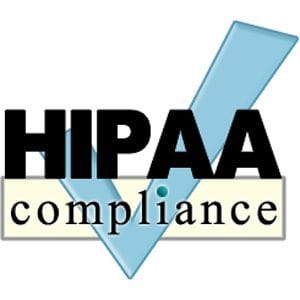Increased Medicare Spending on Advanced Cancer Care Doesn’t Lead to Increase in Survival Rates
A new study has called into question the notion that increased spending on cancer care results in greater patient survival rates. The study looked at hospitals in 80 different referral regions. These referral regions collectively represented 25 percent of the US population. In order to provide a context for cancer care and its link to spending, the study focused on patients suffering from advanced cases of prostate, pancreatic, breast and colorectal cancer between the years of 2002 and 2007.
The Findings
Results of this broad study yielded some interesting results: regionally, variance in cancer care costs was high; there was a 41 percent discrepancy between the highest and lowest-spending regions of the country. Most of the lowest-spending regions lay in the Midwestern and Western areas of the country, while the higher-spending regions were mostly located in Louisiana, southern California and central New Jersey. Yet despite the large degree of variance between regional cancer care spending rates, there was no clear data to demonstrate that increased spending resulted in greater rates of advanced cancer survival. Although survival rates certainly varied by hospital referral region, this could not be linked to spending with any sort of statistical certainty. Increased spending was linked to lengthier and more frequent hospital stays, however.
This study is particularly significant when considered in light of the high cost of cancer care in general – currently cancer care represents a full 10 percent of all Medicare spending. The authors of the study called for an increased focus on providing palliative care to those with advanced cases of cancer.
The primary guiding principle for those working in the medical field is to improve patients’ quality of life. But the associated costs can sometimes be instructive indicator as to what methods work best to make this so. It should be noted however that the results of this study are somewhat at odds with a study completed between 1983 and 1999 which compared higher cancer care costs in the US to lower costs in 10 European countries – in the case of that study, increased spending resulted in two year increase in patient life expectancy.

